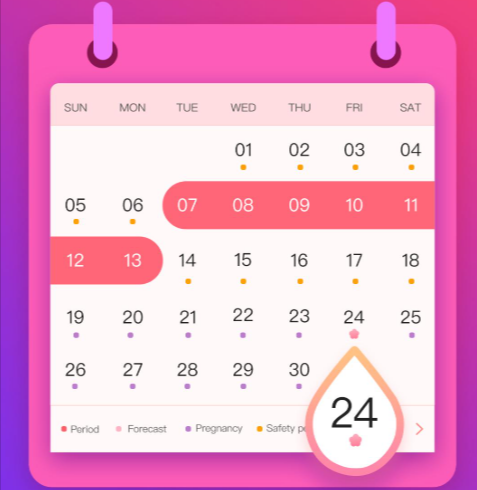Sitagliptin
What is sitagliptin?
Sitagliptin is used with diet and exercise to improve blood sugar control in adults with type 2 diabetes mellitus (not for type 1 diabetes).
Sitagliptin side effects
Get emergency medical help if you have signs of an allergic reaction (hives, difficult breathing, swelling in your face or throat) or a severe skin reaction (fever, sore throat, burning eyes, skin pain, red or purple skin rash with blistering and peeling).
Stop taking sitagliptin and call your doctor right away if you have symptoms of pancreatitis: severe pain in your upper stomach spreading to your back, with or without vomiting.
Sitagliptin may cause serious side effects. Call your doctor at once if you have:
a severe skin reaction— itching, blisters, breakdown of the outer layer of skin;
severe or ongoing pain in your joints;
severely low blood sugar–extreme weakness, confusion, tremors, sweating, fast heartbeats, trouble speaking, nausea, vomiting, rapid breathing, fainting, and seizure (convulsions); or
kidney or heart problems–swelling, urinating less, rapid weight gain, feeling tired or short of breath.
Common side effects of sitagliptin may include:
cold symptoms such as stuffy or runny nose, sneezing, sore throat; or
Before taking this medicine
You should not use sitagliptin if you are allergic to it.
Tell your doctor if you have or have ever had:
heart problems such as heart failure;
high triglycerides (a type of fat in the blood);
alcoholism; or
kidney disease (or if you are on dialysis).
It is not known if sitagliptin will harm an unborn baby. Follow your doctor’s instructions about using sitagliptin if you are pregnant or you become pregnant. Controlling diabetes is very important during pregnancy.
Sitagliptin dosing information
Usual Adult Dose for Diabetes Type 2:
100 mg orally once a day
Comments:
-When used in combination with an insulin secretagogue (e.g. sulfonylurea) or insulin, a lower dose of the insulin secretagogue or insulin may be required to reduce the risk of hypoglycemia.
Use: As an adjunct to diet and exercise to improve glycemic control in patients with type 2 diabetes mellitus.
tablet (Januvia, Zituvio)
- 25mg
- 50mg
- 100mg
oral solution (Brynovin)
- 25mg/mL (120-mL bottle)
Type 2 Diabetes Mellitus
Indicated as an adjunct to diet and exercise to improve glycemic control in adults with type 2 diabetes mellitus (T2DM)
100 mg PO qDay
Dosage Modifications
Renal impairment
- eGFR ≥45 to <90 mL/min/1.73 m2: No dosage adjustment necessary
- eGFR 30 to <45 mL/min/1.73 m2: 50 mg PO qDay
- eGFR <30 mL/min/1.73 m2: 25 mg PO qDay
- End-stage renal disease requiring hemodialysis or peritoneal dialysis: 25 mg PO qDay regardless of timing of dialysis
Hepatic impairment
- Mild to moderate impairment: Dose adjustment not necessary
- Severe impairment: Not studied
Interaction
Health Tools
Related/Similar Drugs
Dapagliflozin
Home What is dapagliflozin? Dapagliflozin is a prescription medication that is mainly used alongside diet and exercise to help treat […]
Insulin glargine
Home What is insulin glargine? Insulin glargine is a long-acting insulin used to treat type 1 and type 2 diabetes in certain […]
Sitagliptin
Home What is sitagliptin? Sitagliptin is used with diet and exercise to improve blood sugar control in adults with type […]
Metformin
Home What is metformin? Metformin is an FDA-approved antidiabetic agent that manages high blood sugar levels in type 2 diabetes […]
Glimepiride
Home What is glimepiride? Glimepiride is an oral diabetes medicine that is used together with diet and exercise to improve […]




